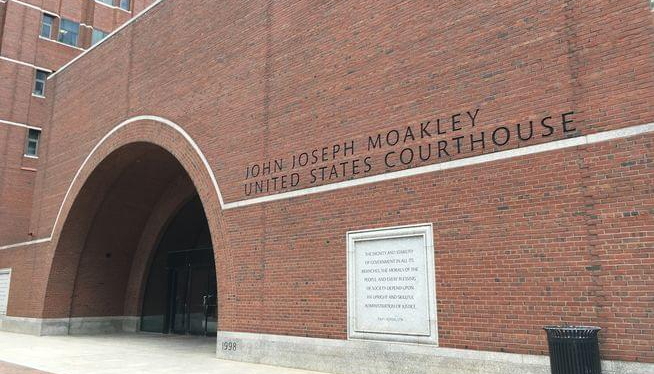
By The Associated Press
Rhode Island is becoming older and more Latino as its population grows.
People who identify as either Hispanic or Latino now make up nearly 17% of the state, while 71% of the residents identify as white only, according to the latest batch of data released Thursday from the 2020 U.S. census.
And the Ocean State, like much of New England, continues to have one of the oldest populations in the country, with more than 80% of residents aged 18 or older.
The demographic shift comes as Rhode Island has, overall, grown more than 4%, from about 1.05 million residents in 2010 to nearly 1.1 million in 2020.
“We’re a graying population with a lot of people going into retirement, especially in the trades,” he said. “But the Latino population is younger and that’s a positive for the state.”
The Latino community’s continued growth also underscores the importance of investing in Latino youth that are falling behind by some measures, added Dr. Pablo Rodriguez, a longtime Latino activist.
“Given the low performance of Latino students and high levels of child poverty, it is clear where more investment is required,” he said. “Not because it is just, but because it is in everyone’s best interests.”
And the census findings highlight the importance of ensuring that Latinos and other communities of color are at the center of the state’s redistricting process, the decennial redrawing of the state’s political boundaries that kicks off in earnest with release of the latest census data, said John Marion, executive director of Common Cause Rhode Island, a local good government group.
“When redistricting is fair, transparent, and includes everyone, our maps are more likely to be representative,” he said in a statement.
Just a decade ago, Rhode Island’s Latino population stood at around 12% of the state. Now there are more than 180,000 Latinos or Hispanics in Rhode Island, up more than 50,000 from 2010, according to Thursday’s data.
The percentage of Rhode Islanders identifying as white only has dropped from 2010, when they comprised 81% of the state. Asians have grown modestly over the last decade and comprise about 3.5%, while people who identify as Black only have remained relatively steady at less than 6% of the population, according to the census data.
Only D.C., Vermont, Maine and New Hampshire had older populations in 2020. The state is also slightly older than it was a decade ago: About 19% of the population is under the age of 18, compared with more than 21% of the state in 2010, according to census data.
Rhode Island’s urban core played a key role in the state’s population growth, with some communities reversing years of declines.
Providence remained the state’s largest city by far, growing to nearly 191,000 residents, up from roughly 178,000 in 2010, according to the data.
But the capital city still couldn’t catch up to Worcester, Massachusetts, to reclaim its spot as New England’s second largest city after Boston. The central Massachusetts hub eclipsed Providence during the last decennial census and surged to more than 206,000 residents in 2020.
The Blackstone Valley cities of Pawtucket and Central Falls also saw notable population gains, and Cranston appears to have edged out neighboring Warwick for bragging rights as the state’s second largest city.
The Providence suburb, which is home to the state prison complex and other major state offices, grew to 82,934 residents while Warwick, home to Rhode Island T. F. Green International Airport, rose to 82,823 residents.
Thursday’s data release comes more than four months later than expected due to pandemic-related delays. Initial census data released in April showed the U.S. had 331 million residents last year, a 7.4% increase from 2010.
States will now use the more detailed census data to redraw congressional and legislative districts, a politically fraught process that’s already generated debate in Rhode Island, as it has elsewhere.
The state’s population grew enough for it to retain its two seats in the U.S. House of Representatives, sparing the overwhelmingly Democratic state a potentially awkward matchup between its two popular Democratic congressmen.
Ahead of Thursday’s data release, Democratic leaders of the state’s General Assembly announced the members of the redistricting commission charged with redrawing the state’s political lines by next January.
But a local branch of the national Black Lives Matter movement has called for adding more progressive voices on the 18-member panel.
Legislative leaders, through their spokespersons, have defended their picks, highlighting the progressive credentials for a number of lawmakers tapped for the commission.













